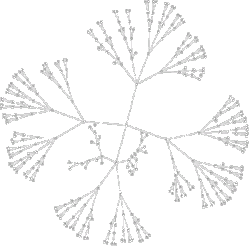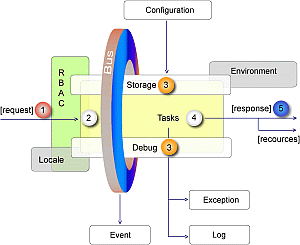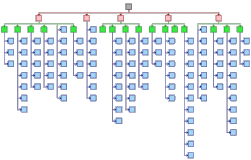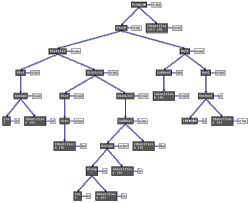 Welcome to the Okklusion Documentation Site |
|
|
Okklusion is about Groves, about Trees with Nodes and Leaves, about Entities with Attributes and Relations, about Graphs with Vertices and Edges, and more. Okklusion is about Legacy too, renaming that as proven concepts. For detailed information, please refer to the inofficial Wiki (n.a.).
| ||

Okklusion enables BottomUp development strategies. Components can be reused instantly when a need arises. Even complete application trees can be pasted with ease anywhere. Tune all this thru the xml definitions only.
| ||
Overview
|
Please send comments to slipStream <at> okklusion <dot> ovh.




